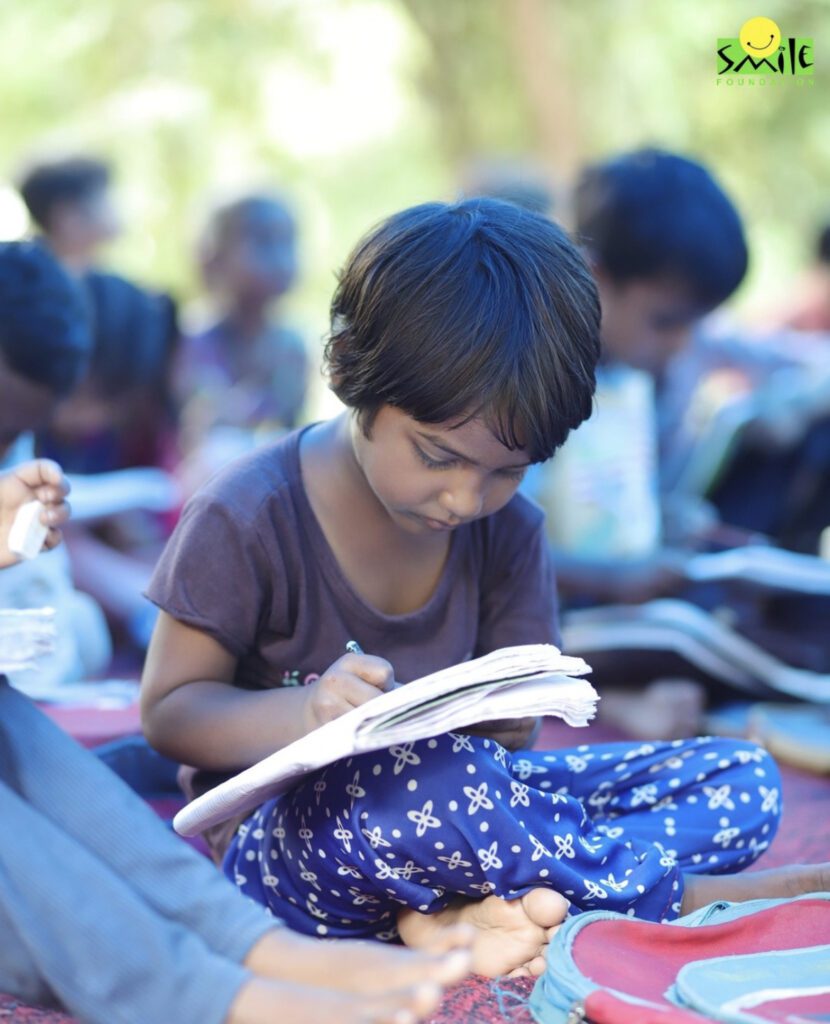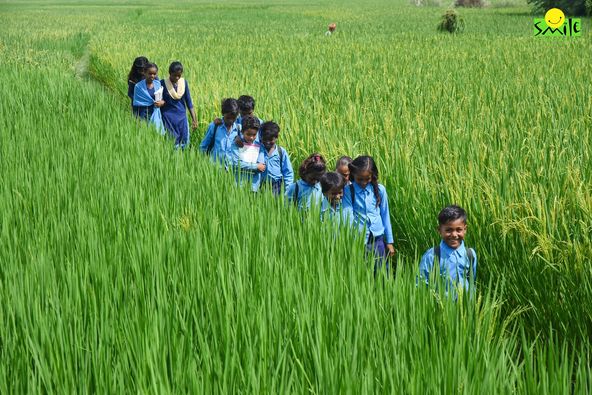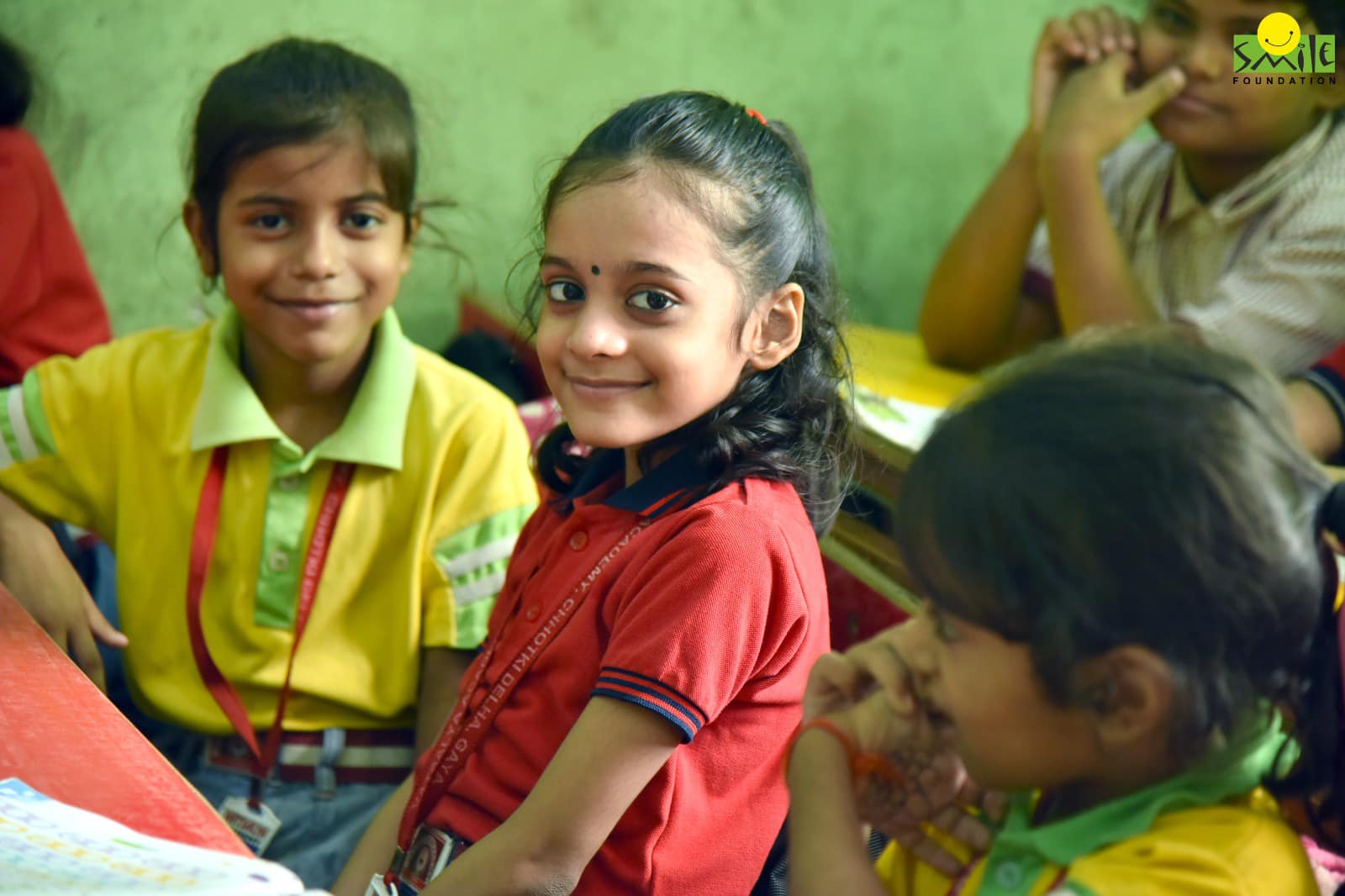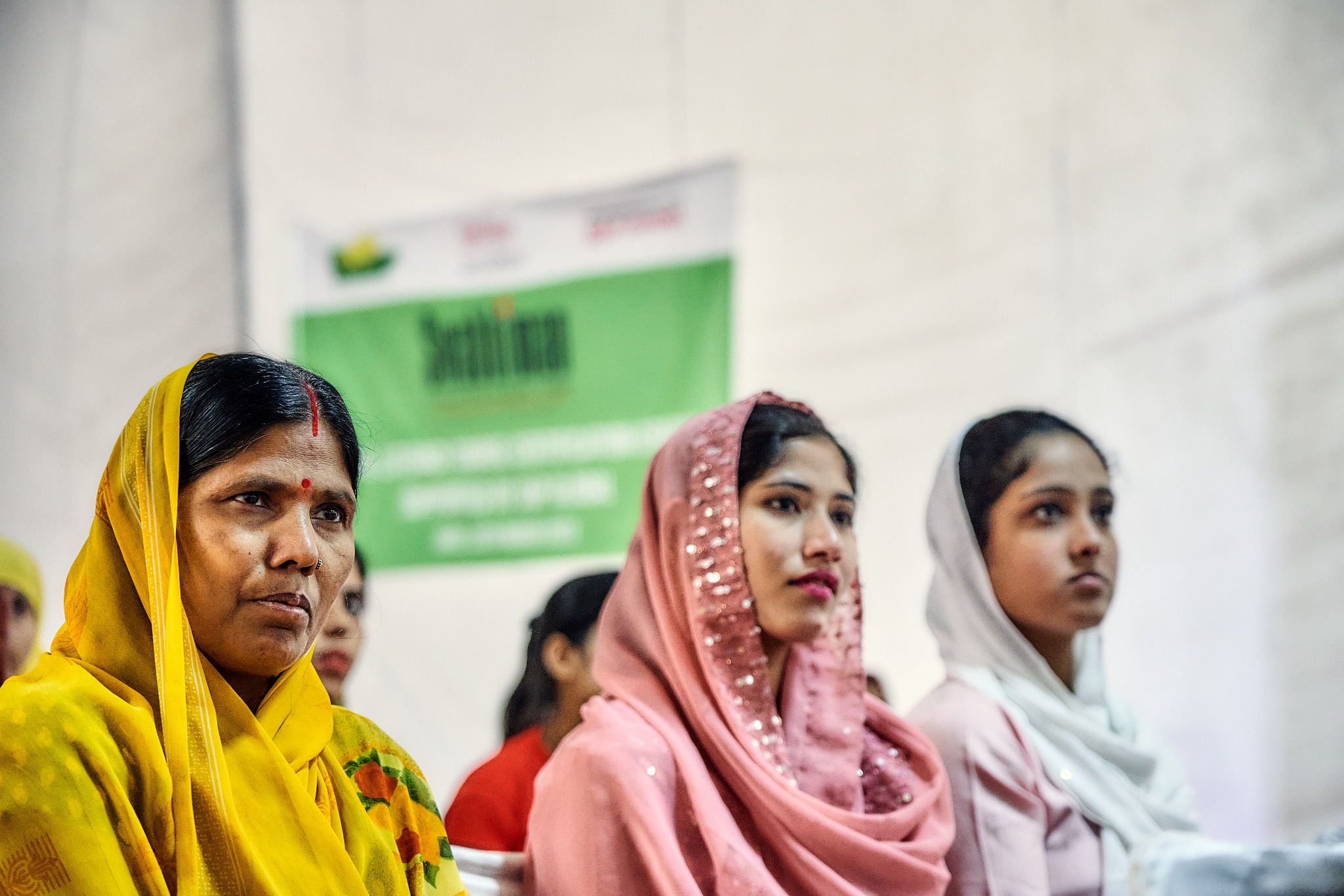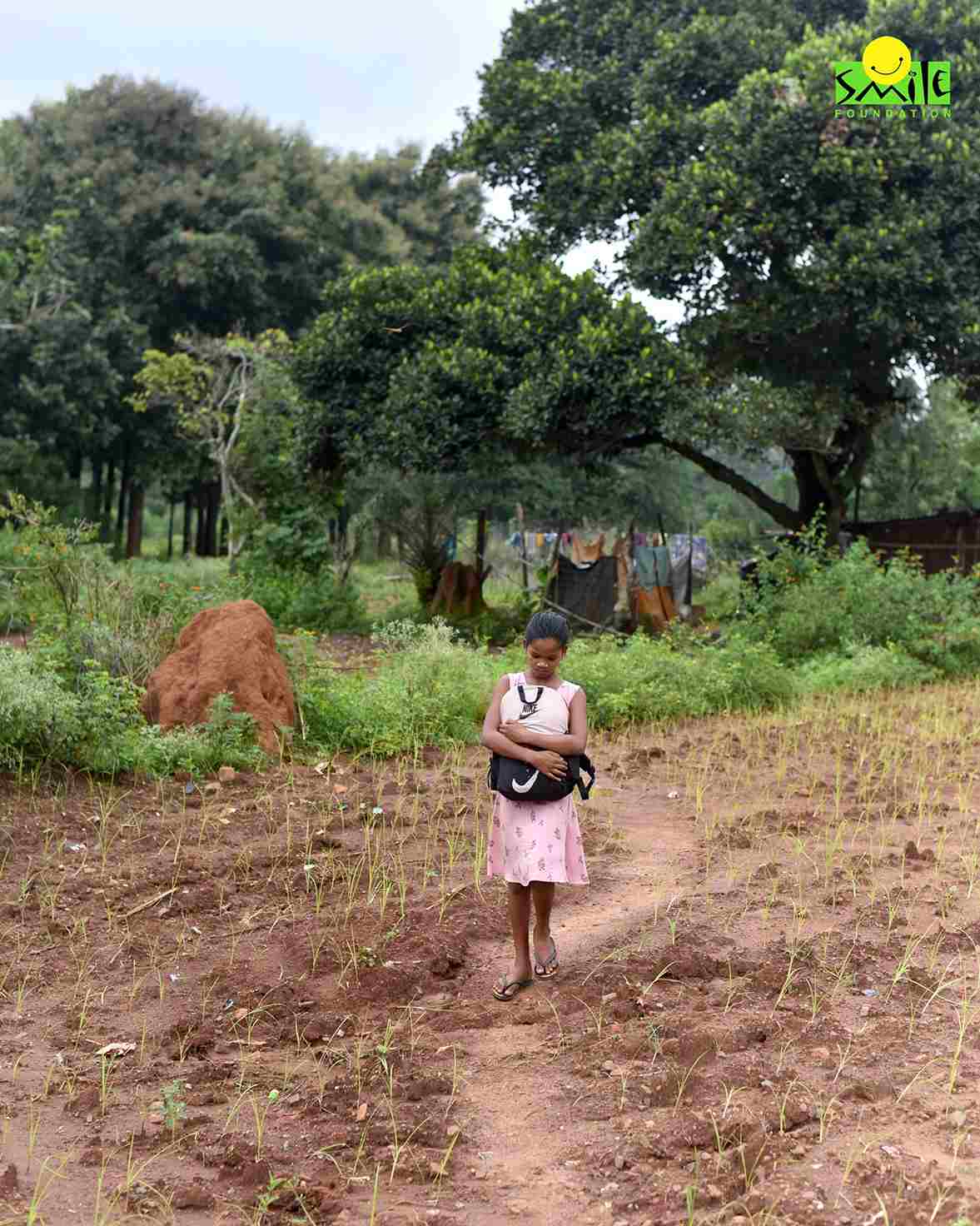Imagine yourself as a child in a crammed classroom, without proper lighting or ventilation, and the teacher holding a book in one hand and a cane in the other. Even if it was your favourite subject being taught, would you be able to focus on the lesson? Certainly not! In fact, you might actually want to flee away at the earliest chance available. Now, that’s how deeply our environment impacts our learning process.
Learning Environment
The learning environment goes much beyond the classroom. It refers to the physical setup, context, and culture in which the teaching-learning process takes place. In other words, the learning environment includes physical, social, and emotional aspects of the educational setting. It plays a crucial role in the learning process by impacting student engagement, motivation to learn, sense of safety and belongingness among students.
An effective learning environment is one that evolves with time and suits the age-specific physical, psychological, and emotional status of students. For example, the learning environment for toddlers and preschoolers will be different from that of adolescent students. However, the most essential features of a good learning environment are that it is encouraging, supportive, interactive, and makes the students feel safe and comfortable to express themselves.
Early Childhood Environments
Early childhood basically comprises stages of infants, toddlers, and preschoolers. A safe, supportive, and nurturing environment is highly essential in this stage to lay a strong foundation across various developmental domains like cognitive, social, communication, and motor skills. Such environments also contribute to preventing challenging behaviours and aid in interventions for kids with identified disabilities.
The major components of learning environments in early childhood can be identified as:
- Physical environment: This includes the architectural design and layout of a room including furniture, its arrangement, and other display materials
- Social environment: This includes the interpersonal relations and communication among peers, with teachers and family members inside the classroom
- Temporal Environment: This entails the aspect of time, duration, and sequence of various activities that take place throughout the day
According to a research paper published in the International Journal of Education and Practice, good and bad social behaviours in children develop as a result of both physical and social factors associated with the classroom environment. A friendly and supportive classroom environment creates desired social behaviour in children. The paper further suggests that classrooms that are not architecturally appropriate for early childhood learning, cause confusion and at times lead children to develop poor attitudes towards schooling.
Research shows that changes in the physical set up of early childhood learning environments like a rearrangement of furniture, implementation of activity schedules, and change in the mode of instruction have increased the probability of appropriate behaviours and decreased that of challenging behaviours significantly.
Children, irrespective of their cultural or regional backgrounds have certain traits in common. They are happy, and playful and have a need to feel safe and protected. Children should be provided an atmosphere that gives them the freedom to explore and express themselves. Thus these aspects and requirements must be taken into consideration while designing the learning environment in early childhood.
Online Learning Environment
A good learning environment is one that adapts itself to changing times. This is the era of technology and the online learning environment dominates today’s scene. The most distinct feature of this type of learning environment is that there is no need for a physical location and the teacher/instructor and students are separated by space, sometimes countries or continents apart.
While online learning environments have the potential to use the power of technology to create an engaging and immersive atmosphere for students by providing easy access to various reading materials and learning resources; they do have their own limitations. The kind of interaction that happens in a physical space is often not possible in a virtual space.
The major challenge that an online learning environment faces in this regard is the interaction between learners. While online education facilitates interaction of learners with content and instructor, the absence of interaction of learners with other learners can make the students feel lonely and lead to loss of focus, ultimately leading to disinterest in online courses.
Also, the response of different age groups to online learning environments might vary. While adolescents and adults can find it helpful to continue learning and up-skilling through online courses, young kids might find online courses disengaging or overwhelming. Though there has not been much research on online learning readiness of different age groups, some existing studies suggest that learners’ age is definitely an important factor affecting online learning success or outcomes.
Flexible Learning Environment
As its name suggests, Flexible Learning Environment refers to a learning method where students participate in designing their learning journey. It is more of a personalised environment where students are given access to determine not just the physical space but the grouping patterns and use of resources and time as well in their learning centres.
A classroom/learning space that can adapt to allow multiple learning activities to be conducted simultaneously is integral to optimise the teaching methods of the 21st century. A flexible classroom is fluid in terms of space management for free movement of children, sight, sounds, and light; versatile as it allows multiple uses and is modifiable to suit different instructional needs.
A flexible learning environment is more engaging and interesting, thus boosting the development of creative, communicative, and collaborative skills in learners. In this process, the students take ownership of their learning and are better motivated towards success. A flexible learning environment also allows instructors to constantly adapt pedagogy and work more collaboratively, thus allowing for interdisciplinary planning and helping students prepare for real-life situations.
Social Learning Environment
Social learning is perhaps the oldest form of learning where people learn from each other through observation, imitation, and modeling themselves on others. The simplest and most common example is, a child learning to speak or pick up actions of parents by observing and imitating them. In fact, social learning is intrinsic to human behaviour.
In the context of classrooms or formal learning setups, the social learning environment includes the interaction that happens within the learning space between teachers and students and among various students. According to a research paper, various dimensions of classroom social environment like teacher support, mutual respect, student task-related interaction, and promoting performance goals significantly relate to students’ motivation levels, self-regulated learning, classroom behaviour, social relationships, and achievements.
Teachers play a crucial role in creating positive social environments in the classroom as they understand their students, their learning styles, their strengths, and their limitations. In this direction, a teacher/instructor can:
- Help build essential skills through group-activities
- Promote interaction among children
- Foster the habit of sharing
- Teach them to appreciate and give compliments
- Induce the habit of responding rather than reacting which develops appropriate social behaviour in children
Wrapping It Up
The surrounding and situation in which children learn largely determines their learning outcomes. Hence, it is imperative on the part of policymakers, school authorities, teachers, and parents to collectively work towards providing a supportive learning environment that can bring out the best in children.
Smile Foundation for Children’s Education
Smile Foundation with its resolution of putting every child back to school is making relentless efforts in helping children and their families continue the journey of education through its initiative, Shiksha Na Ruke.



